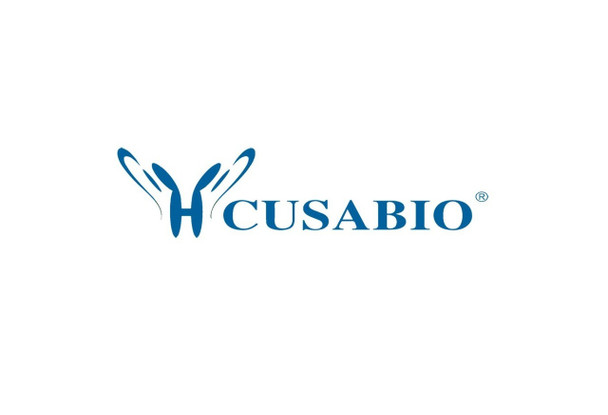Cusabio Polyclonal Antibodies
BATF Antibody | CSB-PA109532
- SKU:
- CSB-PA109532
- Availability:
- 3 to 7 Working Days
- Size:
- 100ul
Description
BATF Antibody | CSB-PA109532 | Cusabio
BATF Antibody is Available at Gentaur Genprice with the fastest delivery.
Online Order Payment is possible or send quotation to info@gentaur.com.
Product Type: Polyclonal Antibody
Target Names: BATF
Aliases: B-ATF; SF-HT-activated gene 2 protein; SFA-2;
Background: AP-1 family transcription factor that controls the differentiation of lineage-specific cells in the immune system: specifically mediates the differentiation of T-helper 17 cells (Th17), follicular T-helper cells (TfH), CD8+ dendritic cells and class-switch recombination (CSR) in B-cells. Acts via the formation of a heterodimer with JUNB that recognizes and binds DNA sequence 5'-TGA[CG]TCA-3'. The BATF-JUNB heterodimer also forms a complex with IRF4 (or IRF8) in immune cells, leading to recognition of AICE sequence (5'-TGAnTCA/GAAA-3'), an immune-specific regulatory element, followed by cooperative binding of BATF and IRF4 (or IRF8) and activation of genes. Controls differentiation of T-helper cells producing interleukin-17 (Th17 cells) by binding to Th17-associated gene promoters: regulates expression of the transcription factor RORC itself and RORC target genes such as IL17 (IL17A or IL17B) . Also involved in differentiation of follicular T-helper cells (TfH) by directing expression of BCL6 and MAF. In B-cells, involved in class-switch recombination (CSR) by controlling the expression of both AICDA and of germline transcripts of the intervening heavy-chain region and constant heavy-chain region (I (H) -C (H) ) . Following infection, can participate in CD8+ dendritic cell differentiation via interaction with IRF4 and IRF8 to mediate cooperative gene activation. Regulates effector CD8+ T-cell differentiation by regulating expression of SIRT1. Following DNA damage, part of a differentiation checkpoint that limits self-renewal of hematopoietic stem cells (HSCs) : up-regulated by STAT3, leading to differentiation of HSCs, thereby restricting self-renewal of HSCs By similarity.
Dorsey M.J., Oncogene 11:2255-2265 (1995) .
Hasegawa H., Biochem. Biophys. Res. Commun. 222:164-170 (1996) .
Meyer N.P., Mamm. Genome 9:849-852 (1998) .
Isotype: IgG
Conjugate: Non-conjugated
Clonality: Polyclonal
Uniport ID: Q16520
Host Species: Rabbit
Species Reactivity: Human, Mouse
Immunogen: Synthesized peptide derived from internal of human BATF.
Immunogen Species: Human
Applications: ELISA, IHC
Tested Applications: ELISA, IHC;IHC:1:50-1:100
Purification Method: The antibody was affinity-purified from rabbit antiserum by affinity-chromatography using epitope-specific immunogen.
Dilution Ratio1: ELISA:1:2000-1:10000
Dilution Ratio2: IHC:1:50-1:100
Dilution Ratio3:
Dilution Ratio4:
Dilution Ratio5:
Dilution Ratio6:
Buffer: Rabbit IgG in phosphate buffered saline (without Mg2+ and Ca2+), pH 7.4, 150mM NaCl, 0.02% sodium azide and 50% glycerol.
Form: liquid
Storage: Upon receipt, store at -20°C or -80°C. Avoid repeated freeze.
Initial Research Areas: Epigenetics and Nuclear Signaling
Research Areas: Epigenetics & Nuclear Signaling






